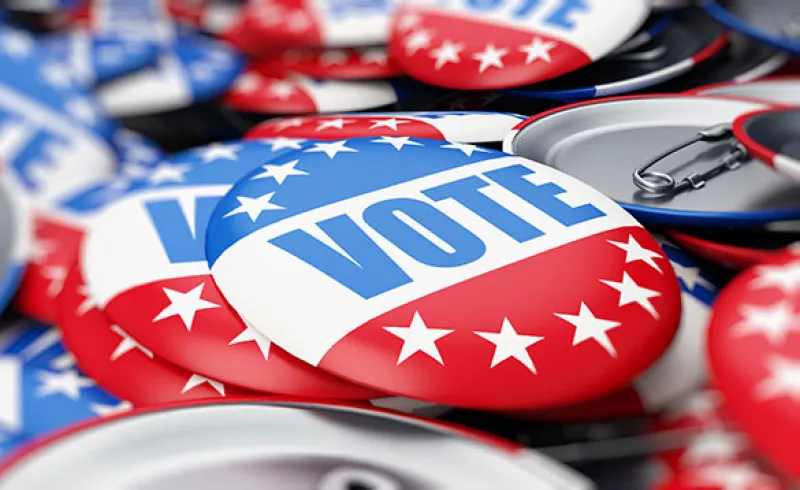By Jim Iuorio, for CME Group
AT A GLANCE
- “Markets are apolitical” and investors and traders could look to rebalance portfolios depending on the winner of the U.S. Presidential election
- Volatility tends to rise in October ahead of an election, but often subsides if the outcome is decisive
An Air of Uncertainty
Although it’s certainty possible that implied volatility levels are signaling the potential of a contested election, the truth is probably more complicated. Veteran trader Jack Bouroudjian added “elections bring an air of uncertainty” and reminded us to “keep in mind, traders and investors are political, but markets are apolitical.” I think this statement is completely true and would add that markets are a discounting mechanism for future outcomes.
My view is that this election appears to have more market-moving potential than most past elections, and the options pricing seems to agree. Issues like economic stimulus, pandemic mitigation strategies, health care and energy policy all could be viewed differently depending on the election’s outcome.
Risk On
Markets can be fickle. Through the first part of October, futures markets saw large trades made in anticipation of higher long end rates and a steeper yield curve. These trades seemed to reflect a belief that “risk on” would be the election theme and that inflation could become a concern based on ramped up expectations for government spending.
Closer to the election, markets appeared to be rethinking that thesis. As Norland pointed out, stocks suffered and bonds rallied following the contested 2000 election.
A presidential election, like any binary outcome, can present both risks and opportunities for traders. Identifying risks and knowing how to use futures as tools for mitigation is a crucial ingredient in navigating volatile markets.






